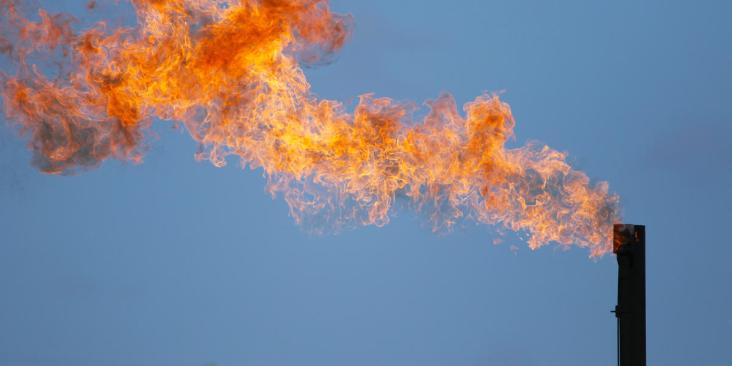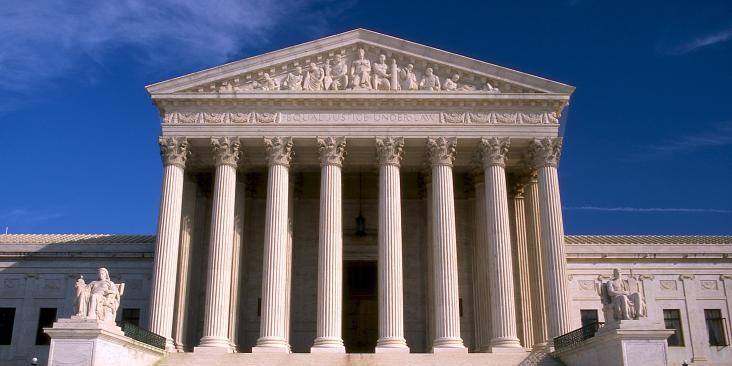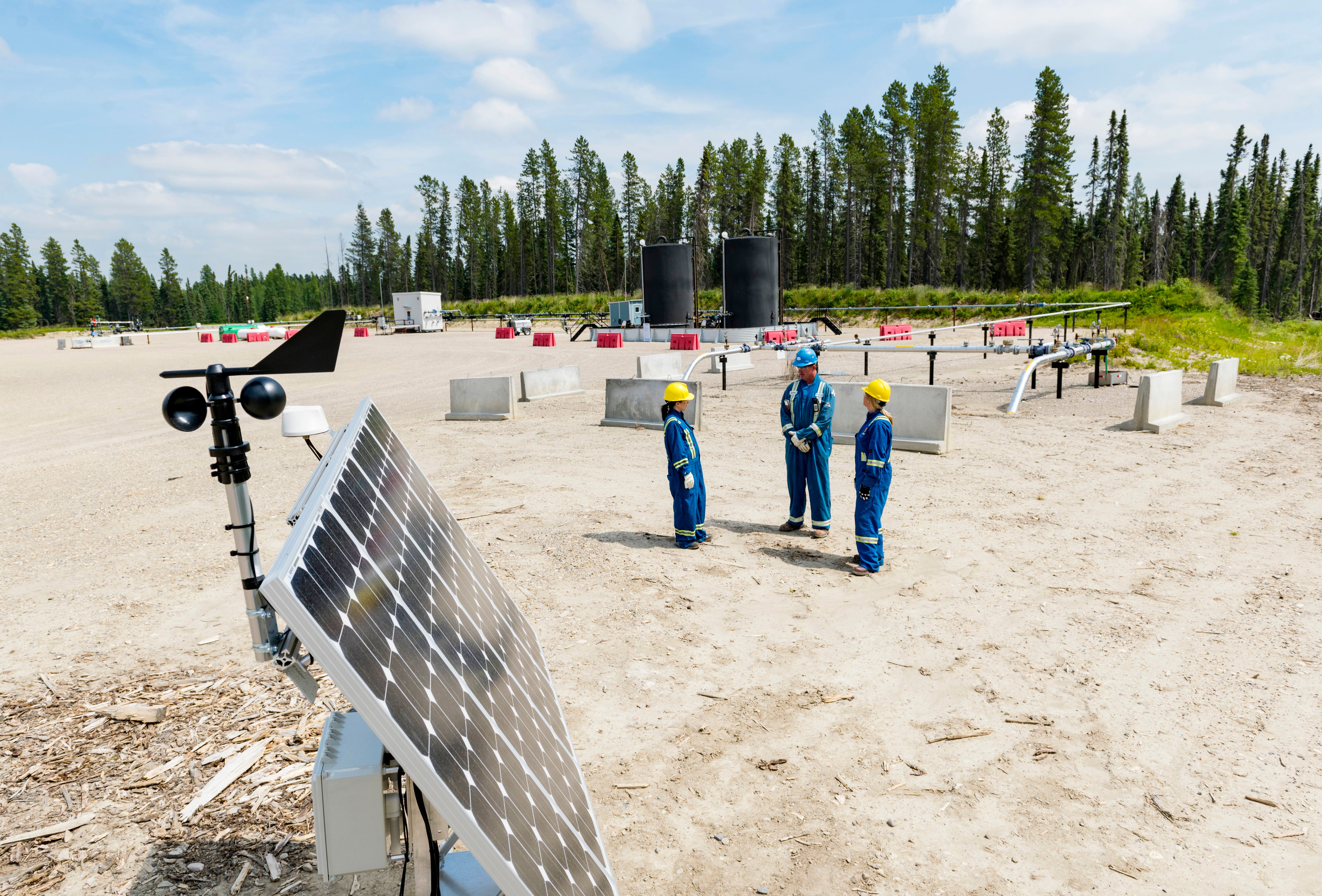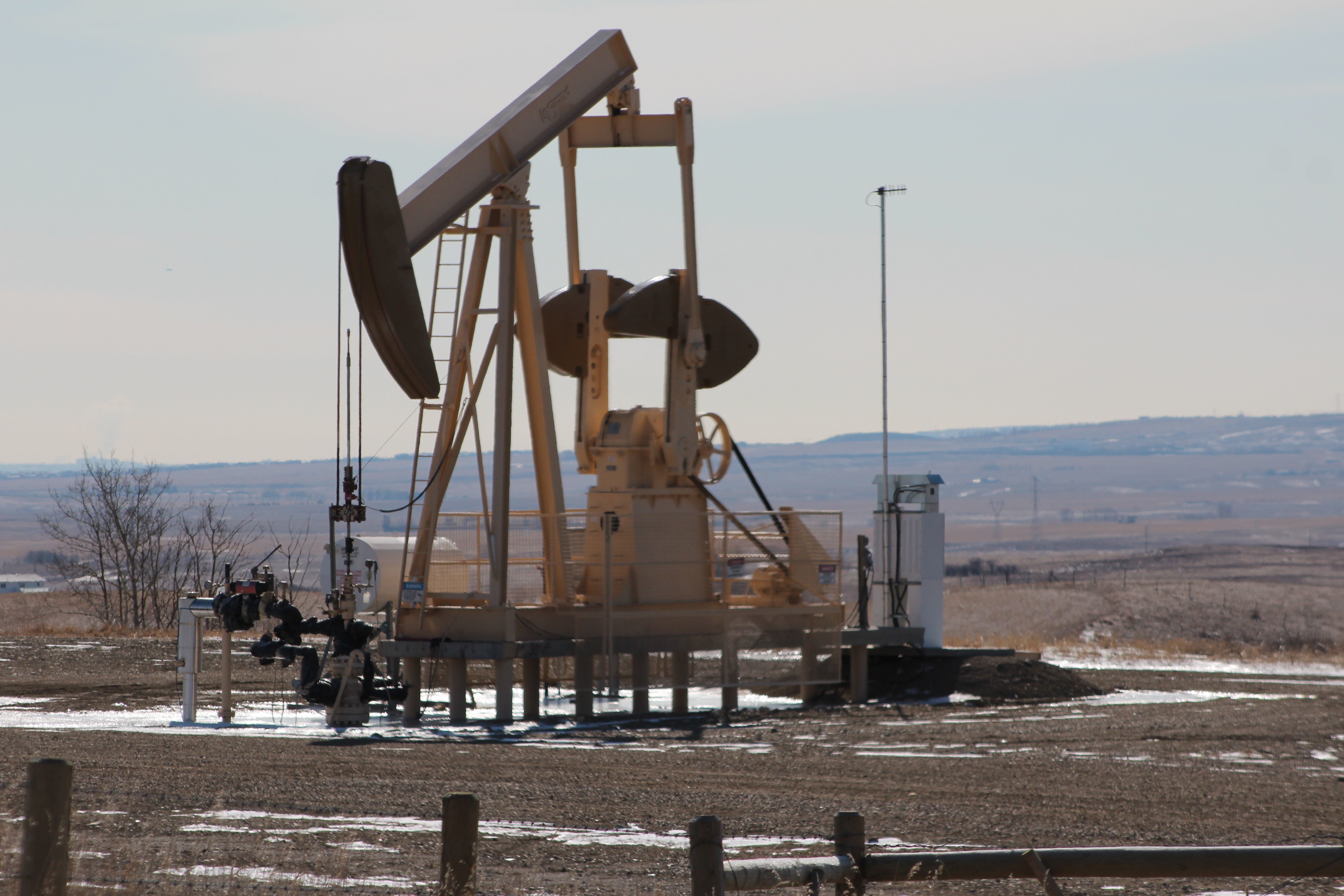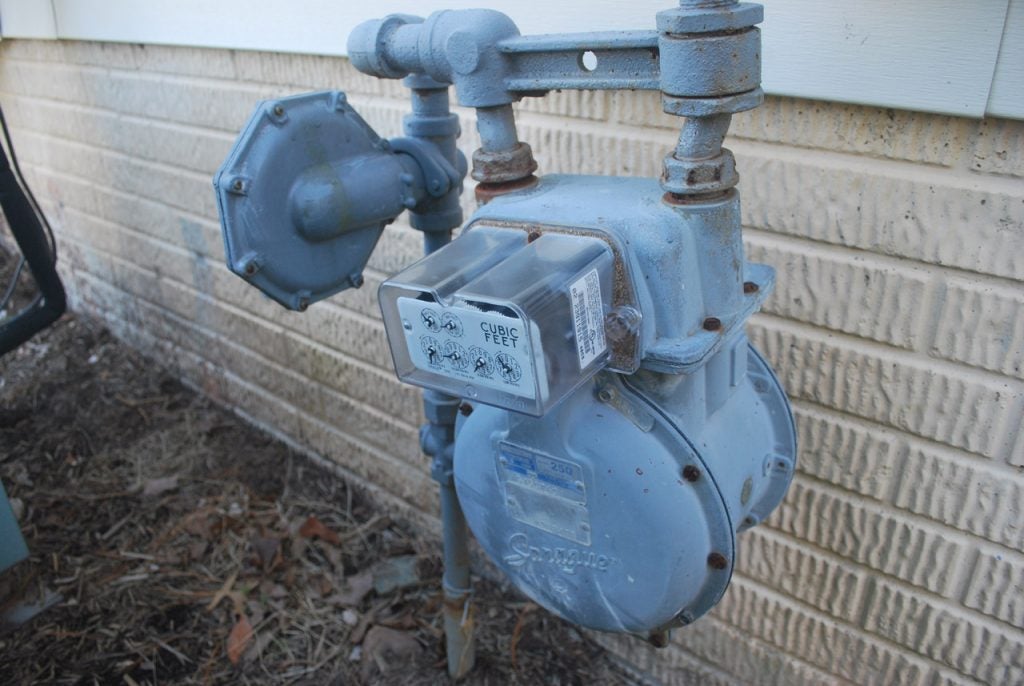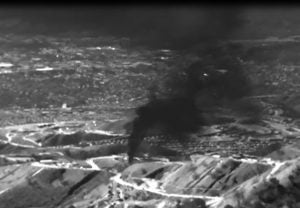 This week, the oil and gas giant Shell took a positive step toward addressing methane emissions. The company announced a new technology trial at a wellsite in Alberta, Canada, where it is piloting a specially designed laser to continuously monitor emissions of methane, a powerful pollutant known to leak from oil and gas equipment.
This week, the oil and gas giant Shell took a positive step toward addressing methane emissions. The company announced a new technology trial at a wellsite in Alberta, Canada, where it is piloting a specially designed laser to continuously monitor emissions of methane, a powerful pollutant known to leak from oil and gas equipment.
The move by Shell is a glimpse into the future and demonstrates growing market interest in smart, sensor-based methane detection technology. Shell’s project joins a similar field test already underway in Texas, operated by the Norwegian producer Statoil, and a California utility pilot run by Pacific Gas and Electric Company.
Each of these deployments is promising, but the ultimate test will be broad-scale adoption of innovations that generate actual methane reductions. Read More
